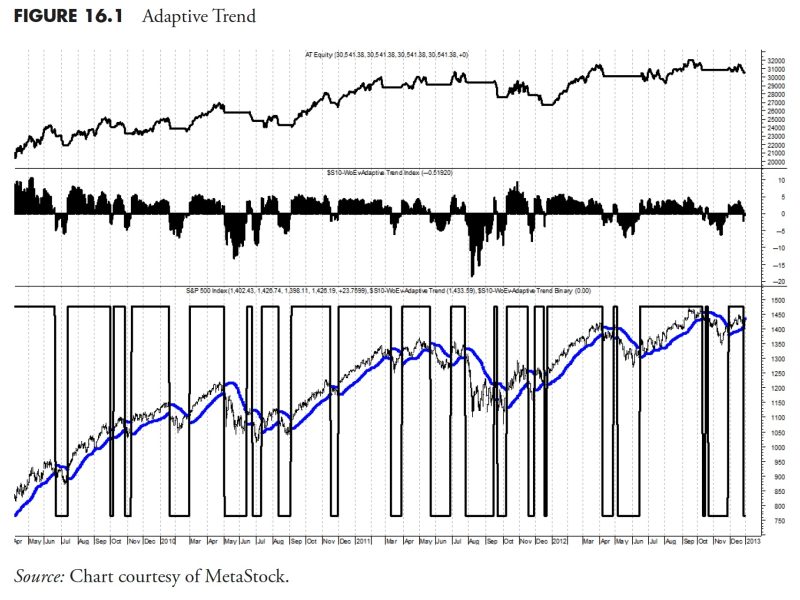In the dynamic world of finance, rules-based money management strategies are gaining traction among investors looking for a systematic approach to managing their portfolios. Trend-following, in particular, has emerged as a popular methodology that aims to capitalize on market trends by entering and exiting positions based on predefined rules.
Trend-following strategies operate on the premise that asset prices tend to move in trends, either upward or downward, and by identifying and riding these trends, investors can potentially capture significant profits while limiting downside risk. Implementing trend-following strategies involves a disciplined approach to portfolio management and the use of technical indicators to signal entry and exit points.
One of the key components of trend-following strategies is the concept of trend identification. This involves analyzing historical price data to determine the direction of the trend, whether it is bullish (upward) or bearish (downward). Various technical indicators, such as moving averages, relative strength index (RSI), and MACD, are commonly used to identify trends and filter out market noise.
Once a trend is identified, the next step is to establish rules for entering and exiting positions. Trend-following strategies often use a combination of trend-following indicators to generate buy and sell signals. For example, a common rule could be to enter a long position when the price crosses above a moving average and to exit the position when the price falls below another moving average.
Risk management is another critical aspect of trend-following strategies. By incorporating stop-loss orders and position sizing rules, investors can limit their downside risk and protect their capital in case the trade goes against them. Setting stop-loss levels based on volatility or a percentage of the portfolio’s value is a common practice in trend-following strategies.
Moreover, trend-following strategies can be applied to various asset classes, including stocks, commodities, currencies, and bonds. The principles of trend following remain the same across different markets, but investors may need to adjust their rules and parameters to suit the characteristics of each asset class.
Trend-following strategies have attracted both praise and criticism from the investment community. Proponents argue that trend-following strategies offer a disciplined and systematic approach to investing, which can help investors navigate volatile market conditions and generate attractive returns over the long term. On the other hand, critics point out that trend-following strategies may underperform during range-bound or choppy market environments when trends are not well-defined.
In conclusion, trend-following strategies offer investors a systematic and rule-based approach to capitalizing on market trends. By identifying trends, establishing clear entry and exit rules, and implementing robust risk management practices, investors can potentially benefit from the advantages of trend-following strategies in their investment portfolios. While no strategy is foolproof, trend-following can be a valuable tool for investors seeking to enhance their returns and manage risk in today’s complex financial markets.
